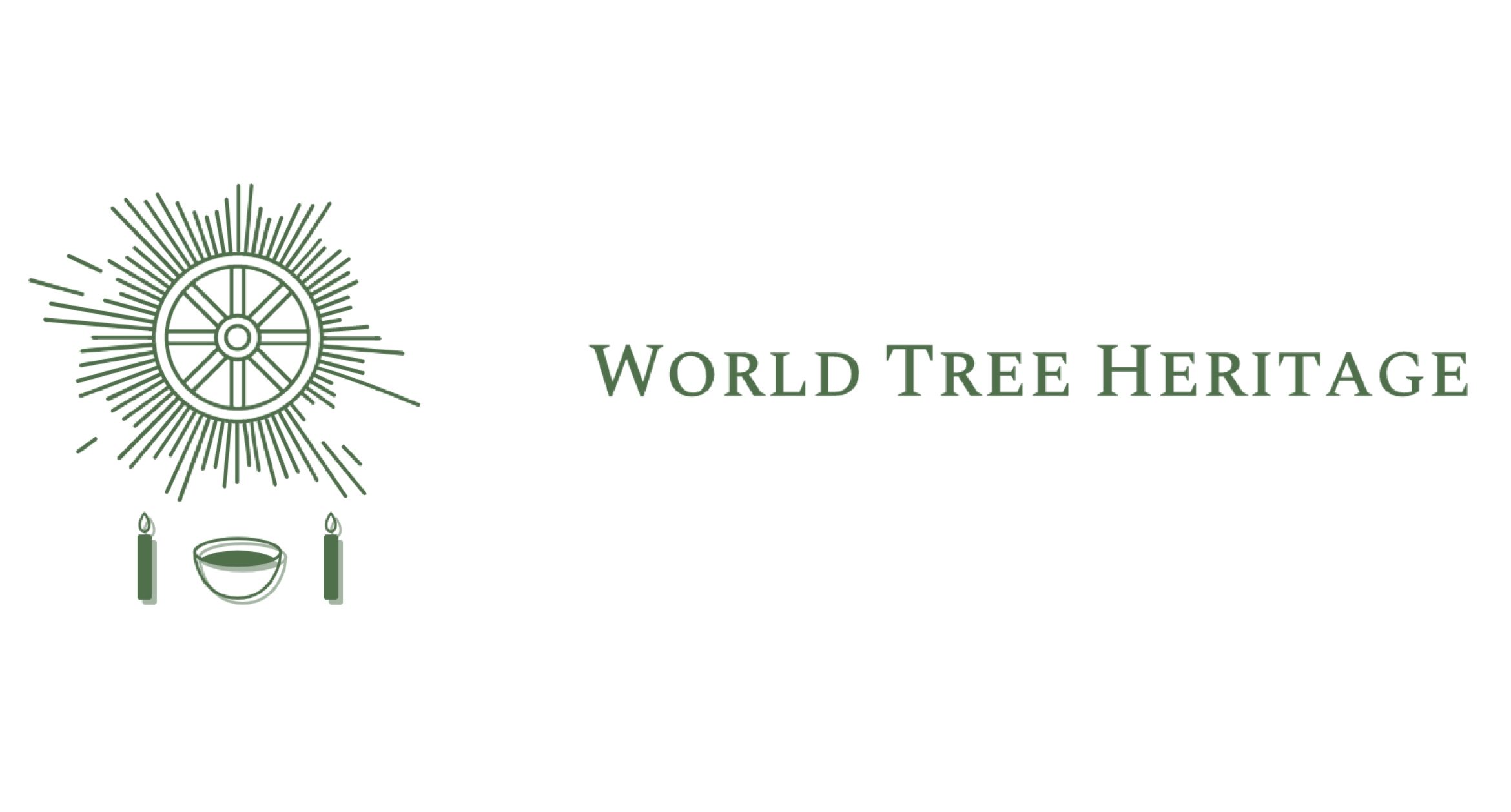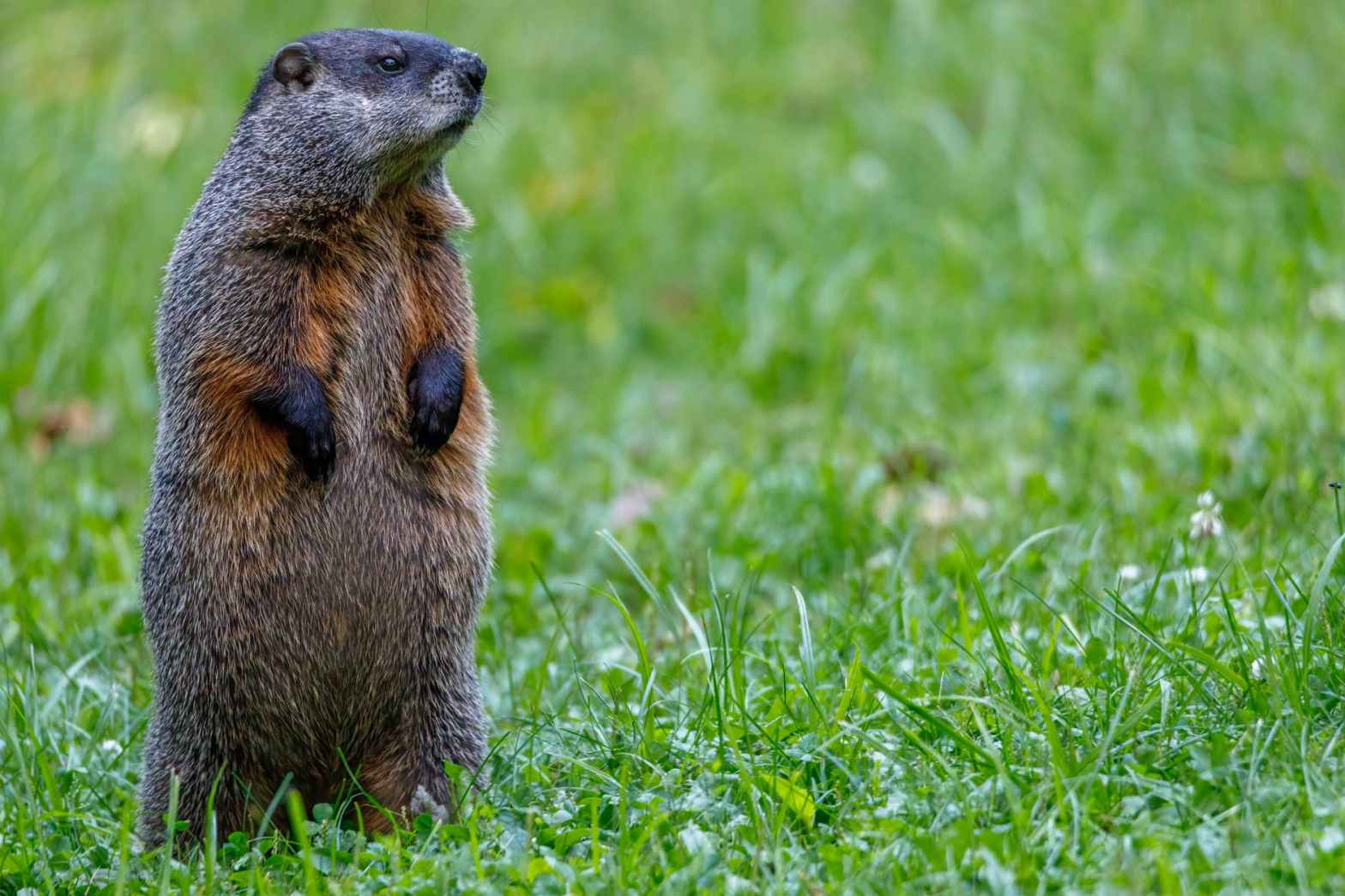Entschtanning is one of several important holiday seasons in the Urglaawe calendar. The word “Entschtanning” means “emerging” and the season lasts for twelve days/nights. It is referred to as the single busiest of all holidays in Urglaawe, and it comes with layers of lore to understand.
But much like other Neopagan traditions, it is centered around the beginning of spring, fertility, and the hearth. You will certainly see several parallels between the traditions I describe here and the traditions I described in my Imbolc article.
As we begin to welcome the spring, there are several aspects of Entschtanning to keep in mind:
- Groundhog Day
- Returning of the First Travelers of the Host/Hunt
- Butzemann
- Honoring the Idise (Female Ancestors)
- Hearth Goddess: Freid
- Cleaning the Hearth and Home
Let’s start from the top and work our way through the layers. (I’m still learning too, after all!)
Groundhog Day
Groundhog Day? Like Pucks-a-what Phil? Yes and no. Punxsutawney Phil and the televised hype around Groundhog Day stems from Pennsylvania Dutch tradition. Urglaawe takes from the same source, but with a Pagan perspective and a focus on folk traditions.
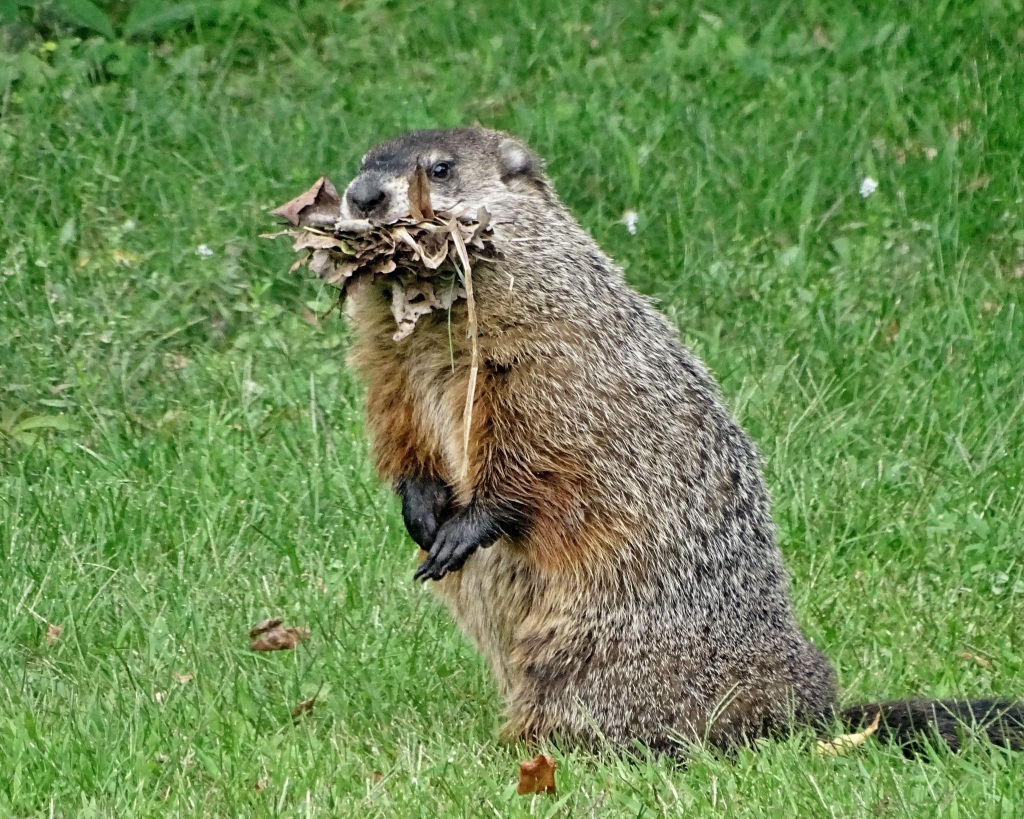
Many European traditions (from Germanic to Irish) would observe badgers or similar animals in the early spring to predict changes in weather. If you planted your fields too early, the frost would kill them. If you planted too late, you would miss out on a harvest. Knowing when to plant was of the utmost importance. When the Pennsylvania Dutch settled in North America, they likened the groundhog to the badger. And thereafter Groundhog Day was born.
Urglaawe traditions compare the groundhog to Ratatosk on Yggdrasil. Just as this squirrel runs up and down the tree bringing messages, so too does the groundhog travel through its burrow, emerging from different openings to inspect the world and bring messages. Namely, that message is about the weather and beginning of spring, but groundhogs bring many other messages.
So on Groundhog Day, remember that there is hope because the spring will come. You can do a ritual for the land spirits and for nature. In particular, you can honor an animal native to North America, who travels realms and announces the beginnings of spring (and spring weather!) to us in this realm.
Travelers Returning
Moving right along to #2: the return of travelers. We hear plenty of the Wild Hunt at Yule. Similarly, in Urglaawe there is the Furious Host. One of Urglaawe’s main deities, Frau Holle, gathers the host and leads them to her mill. This is where souls (or, rather, parts of souls) are reincarnated. Then the travelers return.
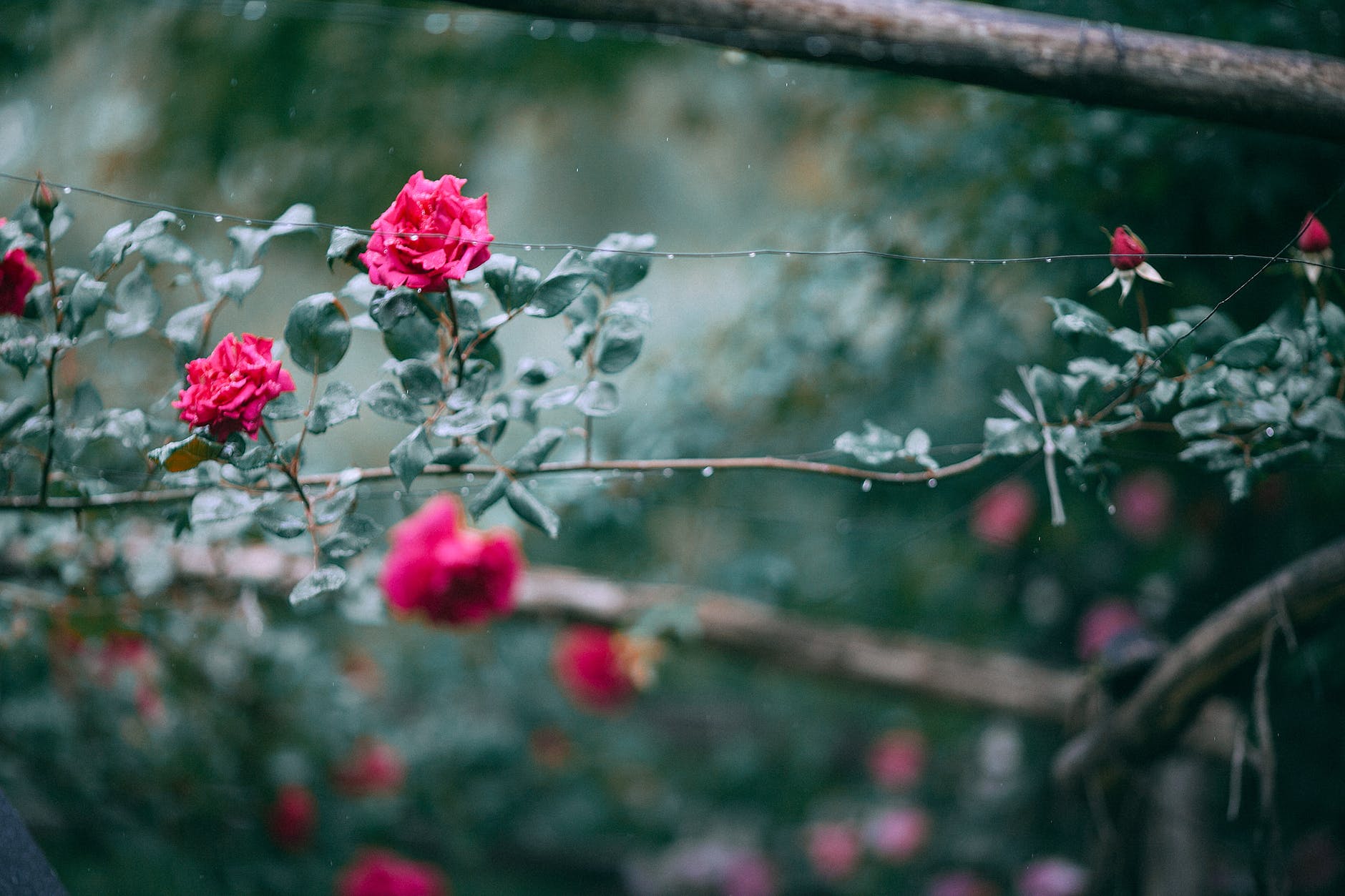
This is still related to the groundhog’s prognostications. Tradition holds that if the groundhog predicts an early end to winter, the first travelers of the Host begin to return. This is mainly made up of spirits of the land. But any general depiction of the Host at this time of year should be colorful and joyful, unlike pictures of the Host at Yule. Possibly the German festival of Fasching/Carnival is related to the Host and their return.
The Butzemann
The return of the first travelers leads us to #3 and #4, because the Butzemann and the Idise are part of the first travelers. If you are unfamiliar with the Butzemann tradition, take the time to learn about it. It’s also important to note that some people within Urglaawe take the Butzemann lore fairly literally, while others take it more figuratively.
The Butzemann looks like a scarecrow. However, he is ritually/magically “activated” as a living spirit of place, whom you make oaths to in exchange for a watchful eye to help your garden or fields. You use last year’s seeds, leaves, etc from your garden to make your current year’s Butzemann. You also need to give your Butzemann clothes.
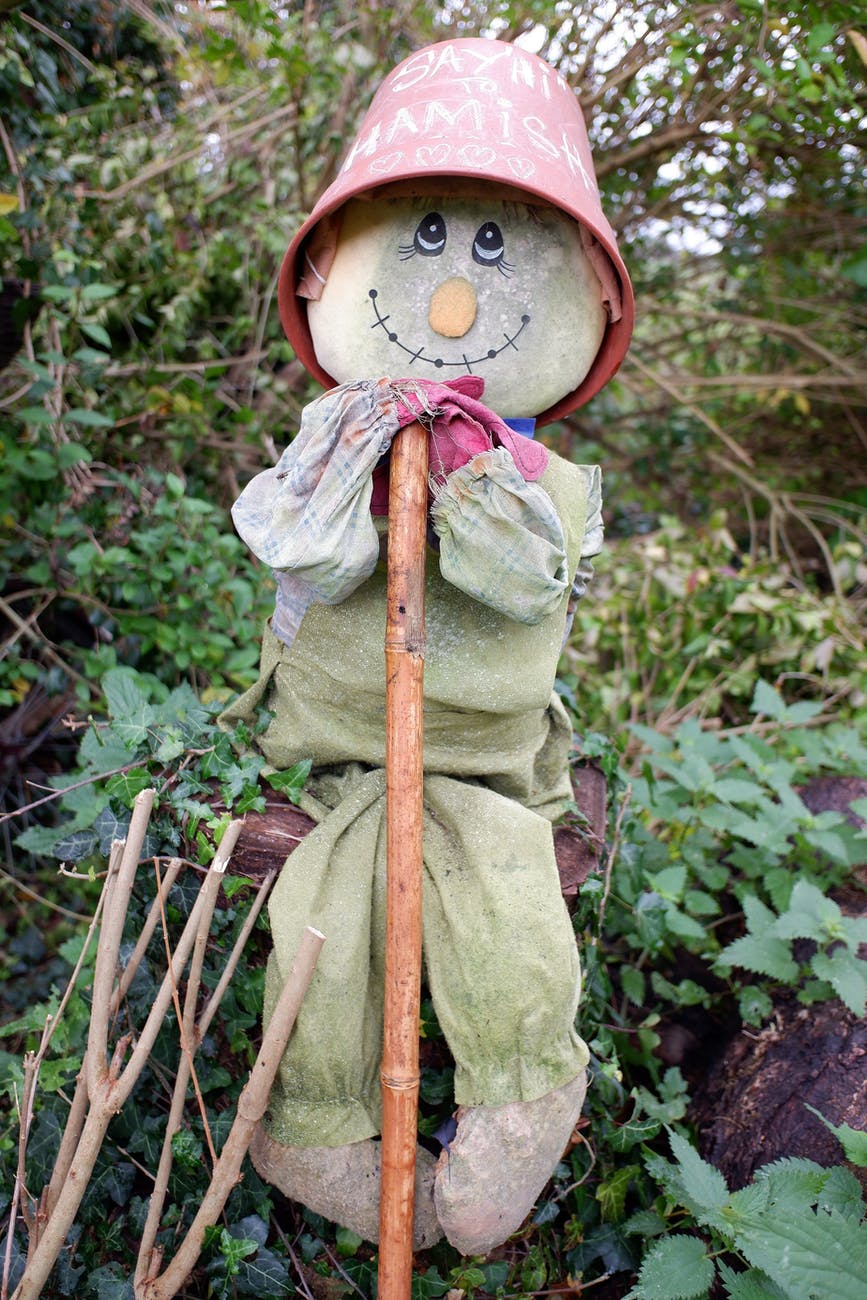
Once a Butzemann is made, he needs to be “activated” in a specific ritual. This is when you give him a name. Part of this ceremony also includes oaths: you must oath to give him regular offerings throughout the growing season; you must oath to take care of his children (aka your garden); and you must oath to burn him at the end of the growing season, between the Fall Equinox (Erntfescht) and Halloween (Allelieweziel). All of this is in exchange for his influence (including fertility and protection) of your garden.
There’s a lot to the Butzemann tradition. Again, I do not suggest that anyone dives head first into this kind of practice without learning properly about it. What’s more, as any Heathen will tell you, oaths are extremely important. Do not make oaths you cannot fulfill. You can learn more by searching for the Butzemann in the links at the end of the article.
Female Ancestors
We move on to #4, which is still related to the return of travelers. Honoring the female ancestors is a common practice within Heathenry. But for those who don’t know: many Heathens have specific holidays and/or rituals surrounding the male and the female ancestors at different times of year. Often the male ancestors are honored at the Fall Equinox and the female ancestors are honored in February, but there is no set date for either ritual. Norse pagans often call the ritual for female ancestors (or Disir) the Disablot. In Urglaawe, they are called the Idise.
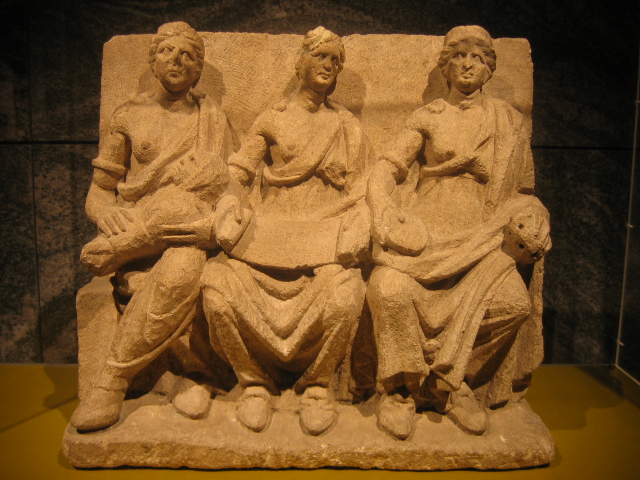
During Entschtanning, the Idise are recognized for the sacrifices they made for us. These are the female forbearers and ancestors, but they do not have to be “of blood.” We can honor the female forbearers of scientific discovery, or the female forbearers of the town or city in which we live. We each have many ancestors beyond our direct lineage.
The Matronae are also honored during Entschtanning. Throughout Celtic, Germanic, and even Roman Paganisms, the Matronae (or Matres) are fairly popular. These goddesses are often associated with the past, present, and future. During Entschtanning, there are several layers of feminine energies that are honored. We honor the female ancestors, the Matronae, and also Freid.
Freid and the Hearth
And so we move on to #5: honoring the hearth goddess. Celtic pagans universally celebrate Imbolc and Brigid at this time. Similarly, Urglaawe also honors it’s hearth goddess now. The hearth goddess is called Freid, and she is usually compared to the Norse Frigg.
Freid is a goddess of marriage and motherhood. She is that calming, protective presence in a happy home. She is all about familial love and stability in those relationships. As a hearth goddess, she is connected to cooking, the upkeep of the home, and the house spirits. She is also associated with the family garden, particularly fruits and vegetables. She is also the goddess who weaves the web of Wurt (Wyrd).

It’s traditional – and important! – to give your hearth a deep clean. I think many Pagans consider cleaning the hearth first on their spring cleaning list. It is no different with Entschtanning. Clean that oven, or stove, or altar and get rid of the grime from last year. In a more psychological sense, you can also contemplate habits or other things that you should let go of in your life.
Home as Microcosm
And so we come to #6: cleaning your hearth and home. Spring cleaning is more and more becoming part of Pagan practice in a religious sense. And I think that is only appropriate. The spring is about renewal and the Earth waking up. If our homes are microcosms of this, then we too must do the work to renew our homes and lives.
Give the house a deep clean. Take the month and go through different rooms. Fix or replace broken items. Re-home what you don’t use. Start a new home project. Get a new plant. Take time while the year is young and review your resolutions, oaths, subscriptions, clutter, etc. If life cannot be created without death, then we must weed out what no longer serves us for new growth.
Conclusion
This Groundhog Day starts off Entschtanning. Joining an Urglaawe group now could be a great way to dip your toes into the lore and practices of this Germanic Pagan tradition. It may be just the beginning of spring, but the quiet of winter is passing as we move into the light half of the year.
Sources
All articles accessed January 2021.
- Robert Schreiwer. “Planning for Entschtanning.” Urglaawe: Blogspot. https://urglaawe.blogspot.com/2020/01/planning-for-entschtanning.html.
- Robert Schreiwer. “Entschtanning 1: Nature’s Predictors and Groundhog Day.” Urglaawe: Blogspot. https://urglaawe.blogspot.com/2021/02/entschtanning-1-natures-predictors-and.html.
- Vic. “Entschtanning Episode!” Holle’s Haven: WordPress. https://holleshaven.com/2020/02/03/entschtanning-episode/.
- Stevie Miller. “Making Your Own Butzemann.” Huginn’s Heathen Hof. http://www.heathenhof.com/making-your-own-butzemann/.
- Robert Schreiwer. “Entschtanning 7: Idise and Feminine Energies.” Huginn’s Heathen Hof. http://www.heathenhof.com/entschtanning-7-ibise-feminine-energies/.
- Urglaawe Facebook Group: https://www.facebook.com/groups/Urglaawe.
